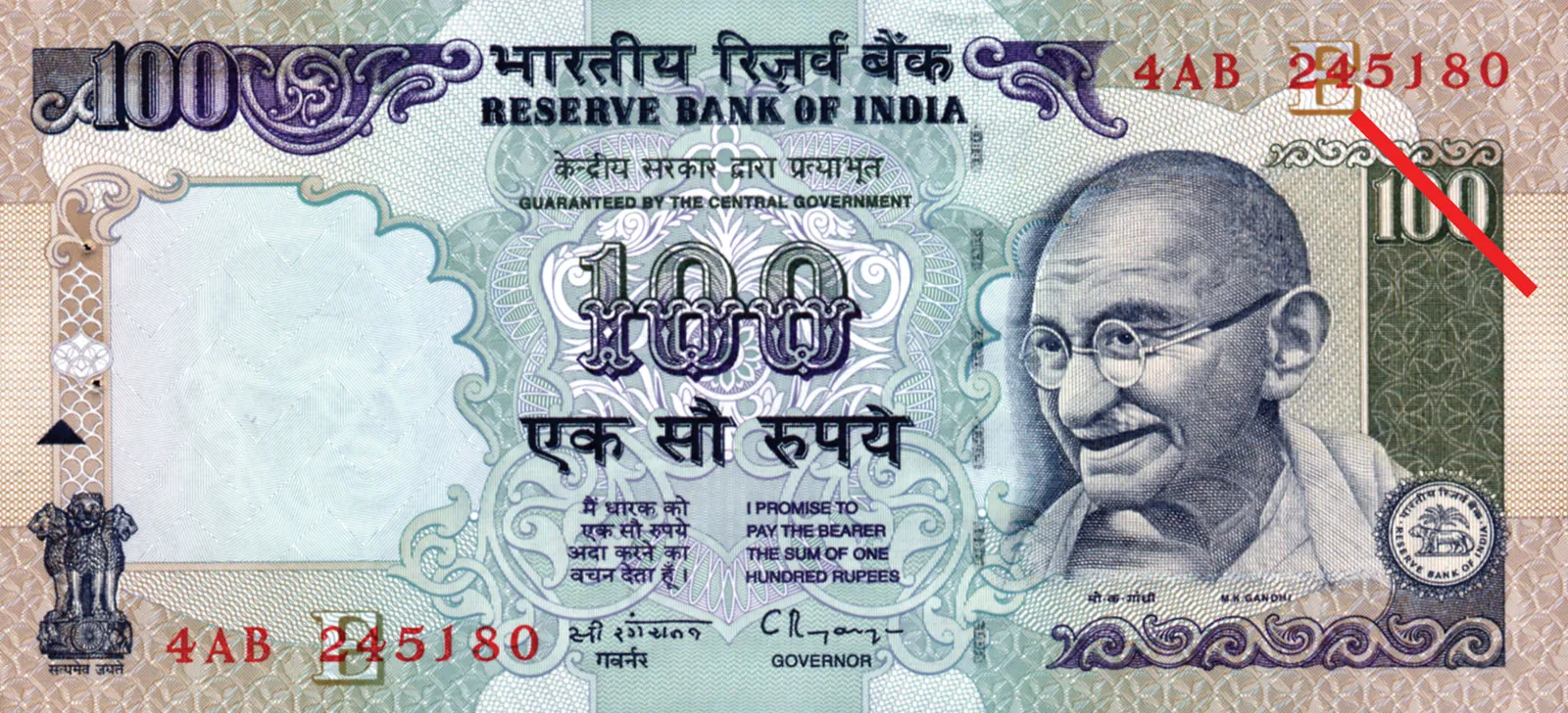
According to a report from S&P Global published on September 19, India is set to emerge as the third-largest global economy by the fiscal year 2030-31. This projection is based on an anticipated annual growth rate of 6.7%, which would also elevate India into the upper-middle-income category.
The report forecasts that India’s nominal GDP will nearly double, reaching over $7 trillion by fiscal 2030-31, up from $3.6 trillion in fiscal 2023-24. This growth would increase India’s share of global GDP from 3.6% to 4.5% and significantly raise per capita income.
India’s economic performance post-pandemic has been remarkably strong, with growth hitting 8.2% in the fiscal year ending March 2024, surpassing earlier government estimates. This positive trend has continued into fiscal 2024-25, bolstered by record goods and services tax collections and encouraging indicators from the manufacturing and services sectors.
The report underscores that structural reforms aimed at enhancing business transactions and logistics will be crucial for maintaining this growth trajectory. By fostering private sector investment and reducing reliance on public capital expenditure, India can sustain strong economic performance despite fiscal challenges. Nevertheless, high food price inflation linked to climate change poses risks that could complicate investment and monetary policy.
While India’s economic prospects are robust, certain challenges may temper growth in the short term. The Reserve Bank of India’s rate hikes from May 2022 to February 2023 are still influencing demand, and regulatory measures targeting unsecured lending may also impact consumption in fiscal 2024-25. Additionally, the government’s commitment to fiscal consolidation could limit public investment.
Despite these hurdles, India’s real GDP is projected to grow by 6.8% this fiscal year, positioning it as the fastest-growing large economy globally. The private sector is expected to take a more prominent role in driving investment, particularly as government spending becomes constrained. While private sector investment has not fully rebounded yet, signs of recovery are emerging, especially in infrastructure projects that encourage participation from related industries like steel and cement.
India’s economic growth is enhancing its integration into global value chains, with ongoing improvements in logistics and infrastructure set to boost competitiveness and attract foreign investment.
Furthermore, India’s strong external buffers contribute to its economic resilience. The current account deficit narrowed significantly in fiscal 2023-24 to just 0.7% of GDP, down from 2.0% the previous year. Foreign exchange reserves remain robust at over $650 billion, and India’s favorable net external debt position minimizes risks associated with capital outflows.
In summary, the S&P Global report concludes that India’s economic outlook is positive, driven by strong growth prospects supported by ongoing reforms and rising private investment. However, challenges such as high food price inflation and fiscal constraints could pose short-term risks. To maintain momentum, the private sector must lead in investment while the government addresses structural issues to control inflation and support effective monetary policies. As India continues to grow, it is well-positioned to become a significant player in global economic dynamics by the end of the decade.
Can you afford not to be present in the BRICS Countries? Talk to us, we’ll help you succeed abroad.